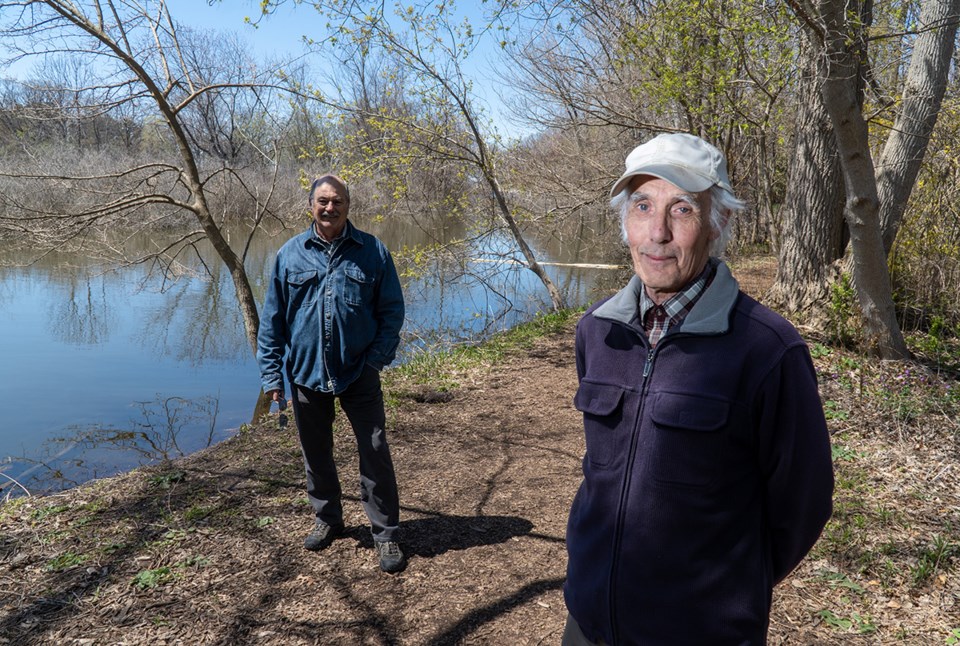Troy Shantz
A long-lost stockpile of historical documents pertaining to Canatara Park is being turned into a book.
Journal columnist Phil Egan said distilling a narrative from the 1,100 pages of notes, news clippings and meeting agendas currently packed into nine binders could take two years.
“I’m trying to extract … the human story behind the handing down of this gem of a park to the people of Sarnia,” he said.
Egan, who has written the histories of Sarnia’s fire and police departments, said two key figures are Maude Hanna, who donated $10,000 to purchase part of the land in the 1930s, and Mayor James Barr, “who a lot of people consider to be one of Sarnia’s greatest mayors.”
Barr took a lot of heat for convincing council to buy what was considered useless swampland, said Egan, editor-in-chief of the Sarnia Historical Society.
“He was ridiculed by a lot of people for this purchase. They called it ‘Barr’s Folly.”
The binders and their rich source material are the work of local historian Jack Fraser, who lives near Canatara to this day.
And, for the longest time, they were lost.
Retired teacher Tom St. Amand was researching the Streets of Sarnia Project when he first heard about the Canatara binders, which Fraser had compiled as a resource for tour guides and park visitors in the early 1990s.
They were last seen at the Ted Leaver Information Centre, a log building near the Children’s Animal Farm that was closed.
With permission from the parks department, St. Amand and the late historian Dean Hodgson were eventually able to get inside in 2016.
“We just started digging around in cupboards,” St. Amand once said. “Sure enough, on the lower floor, tucked inside a closet, were those binders. Dean almost had a heart attack.”
Jack Fraser, a member of the Canatara Park Preservation Volunteers, had been tasked with writing the park’s history. He visited the registry office, library, and pored over newspapers issue by issue.
“The park was created in 1933, but before that all kinds of things happened in that territory,” Fraser said.
Jim Russell, a Polysar retiree, volunteered for the immense task of transcribing the binders — a job that took him almost four years, he said.
“I learned a lot by doing it.”
Swimming competitions were once held in Lake Chipican, for example, and the Sarnia Yacht Club basin was formerly a gravel pit, Russell said.
Local folklore has it that a team of horses was once lost through the ice of Lake Chipican, which, according to who you ask, is either a bottomless pond or sitting on quicksand.
Are those stories, handed down through the generations, actually true?
“The book will answer those questions,” Russell said.
If anyone has old photos of Canatara Park they would like to share, email [email protected]
